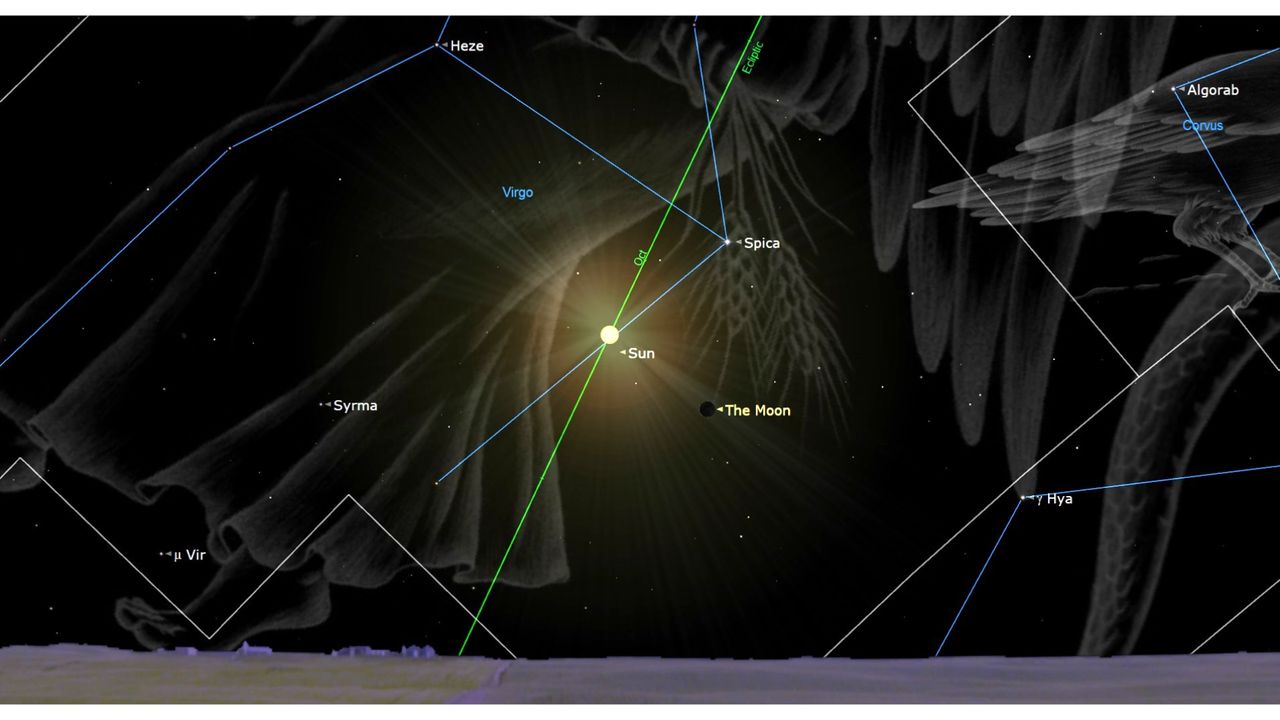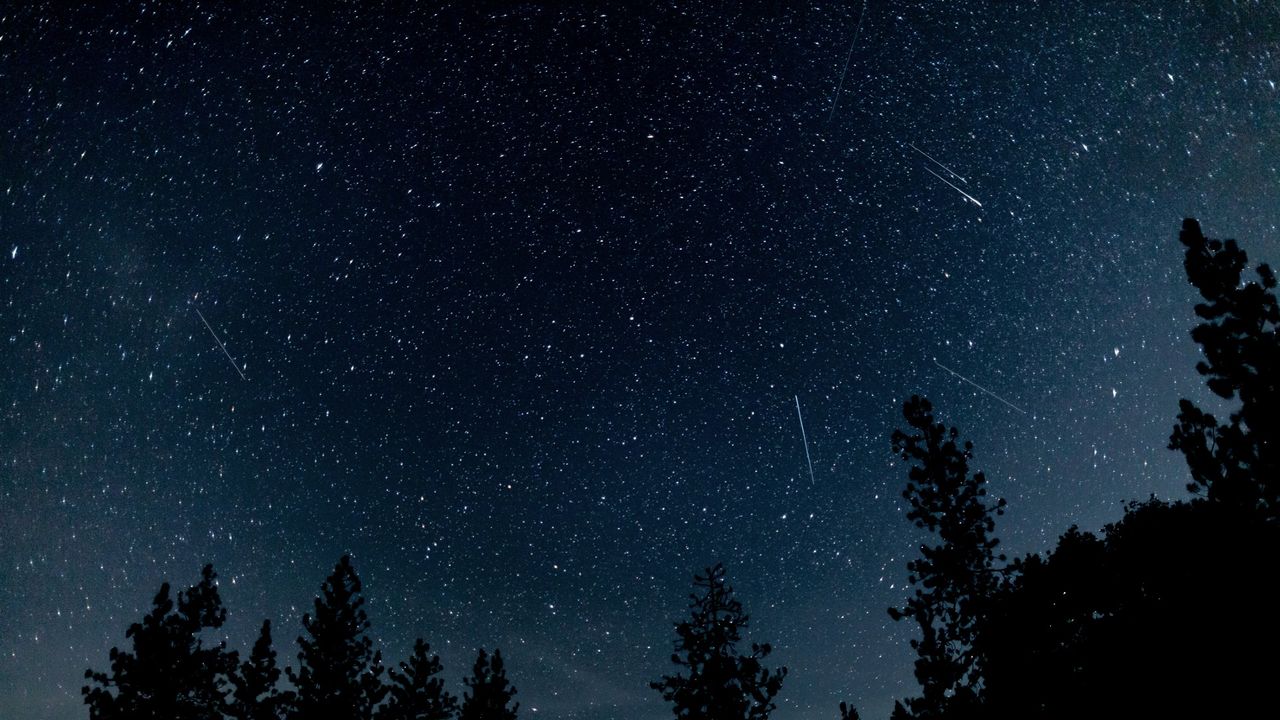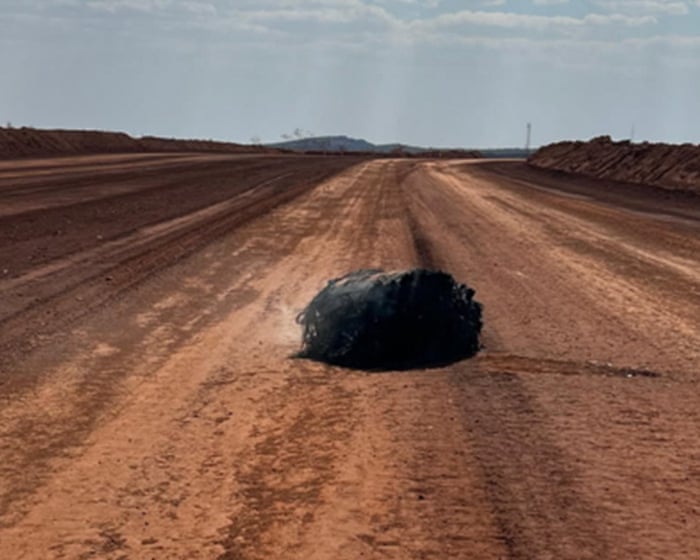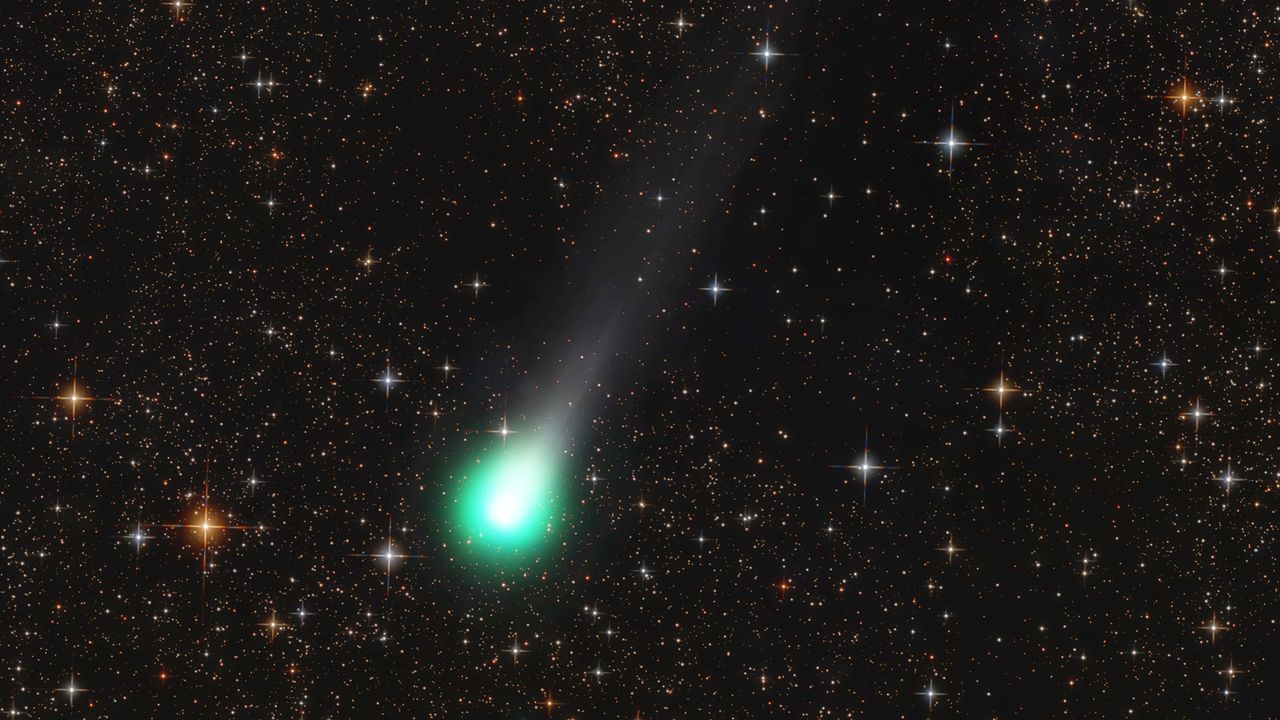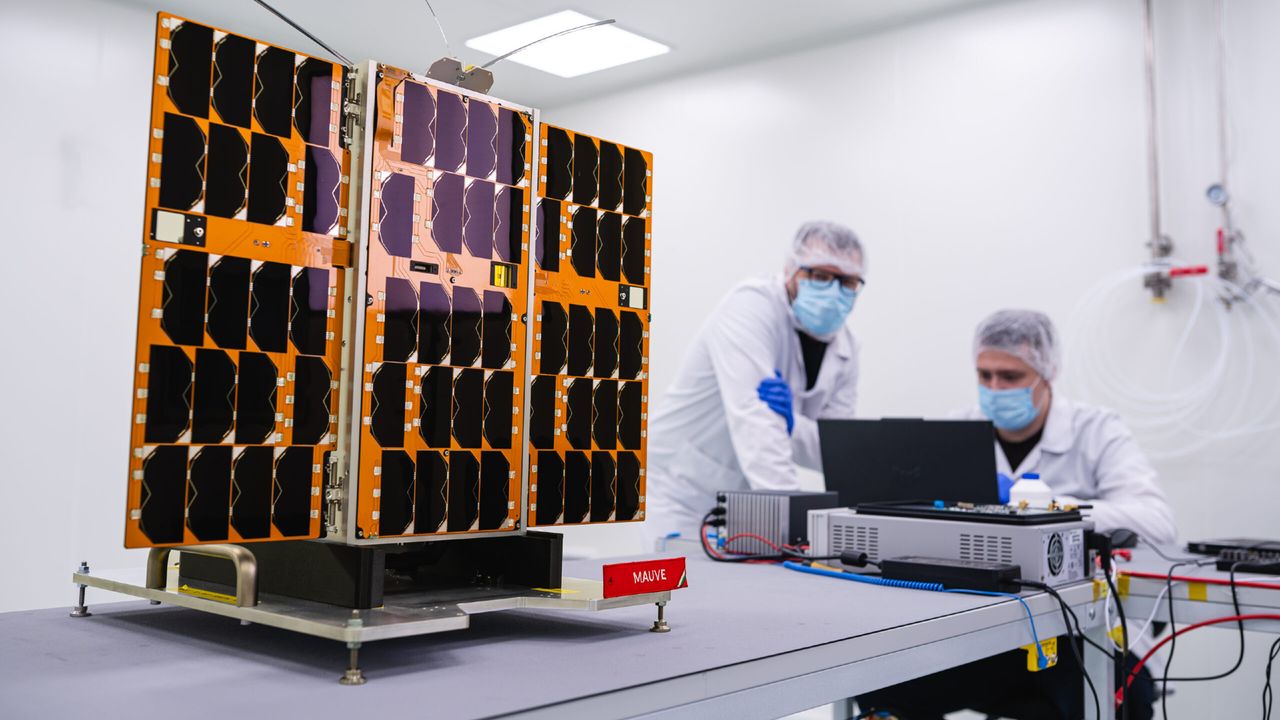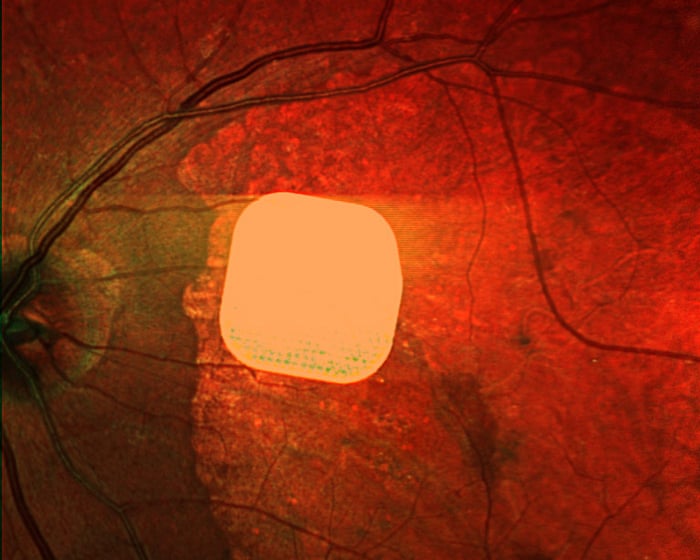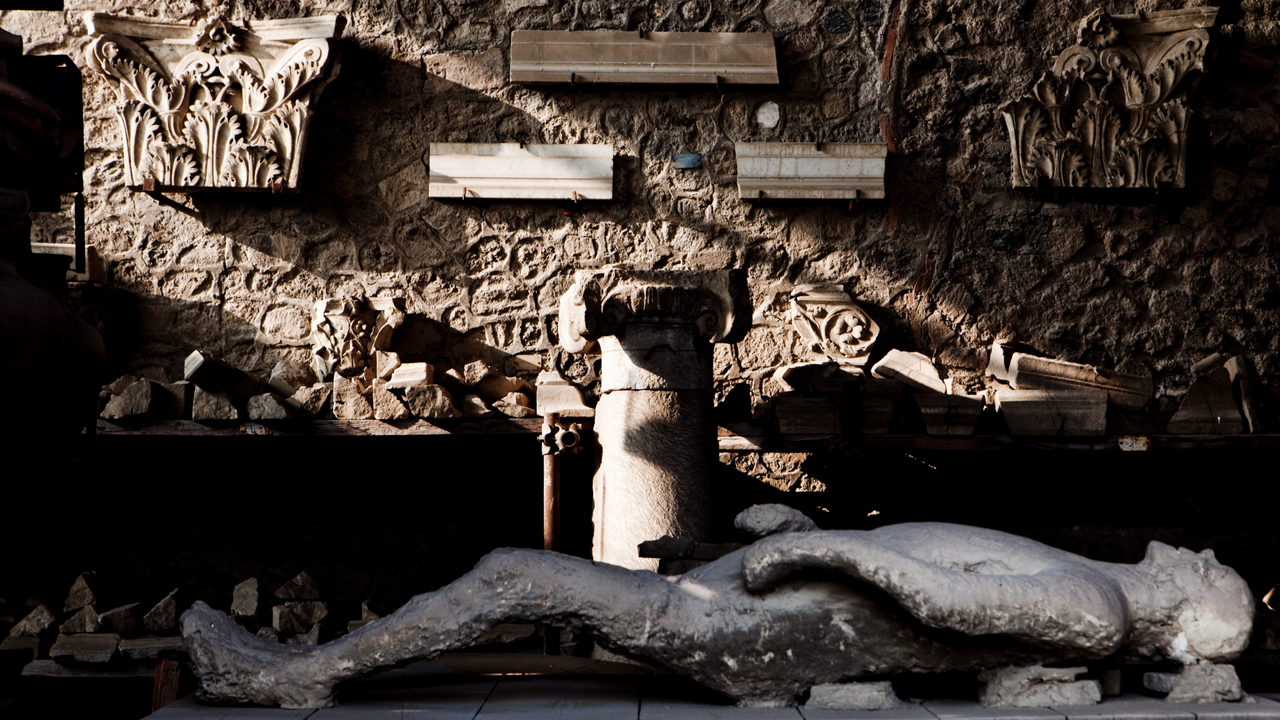Orionid meteor shower: how stargazers can get the best views in Australia
PositiveScience
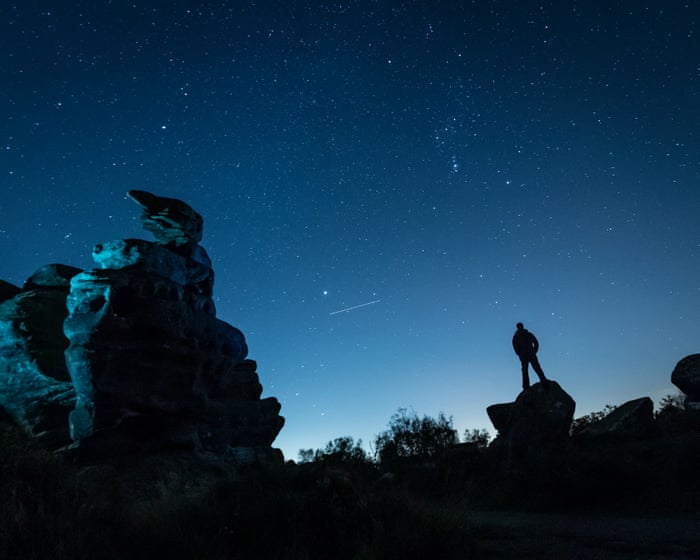
The Orionid meteor shower is set to light up the skies, with early risers on Australia's east coast having the best chance to catch this stunning celestial event. This annual phenomenon not only offers a breathtaking display but also serves as a reminder of the wonders of our universe, encouraging more people to engage with astronomy and stargazing. It's a perfect opportunity for families and friends to gather and enjoy the beauty of the night sky together.
— Curated by the World Pulse Now AI Editorial System
